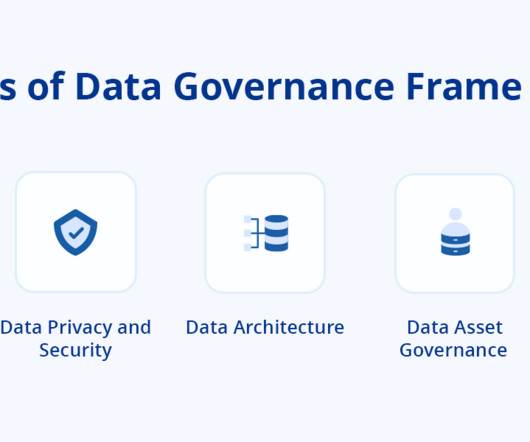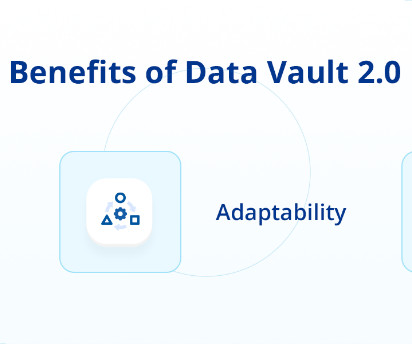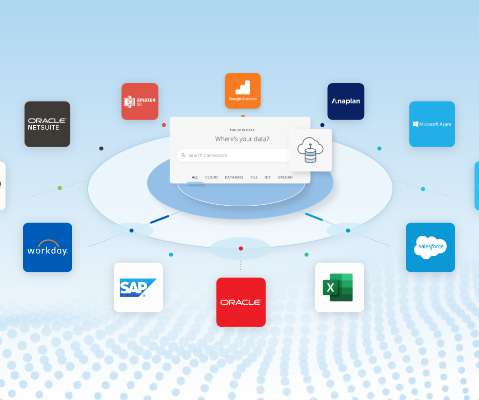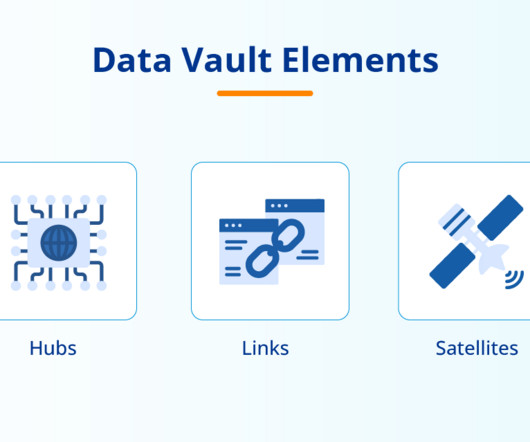Data Governance Framework: What is it? Importance, Pillars and Best Practices
Astera
APRIL 24, 2024
What is a Data Governance Framework? A data governance framework is a structured way of managing and controlling the use of data in an organization. It helps establish policies, assign roles and responsibilities, and maintain data quality and security in compliance with relevant regulatory standards.












Let's personalize your content